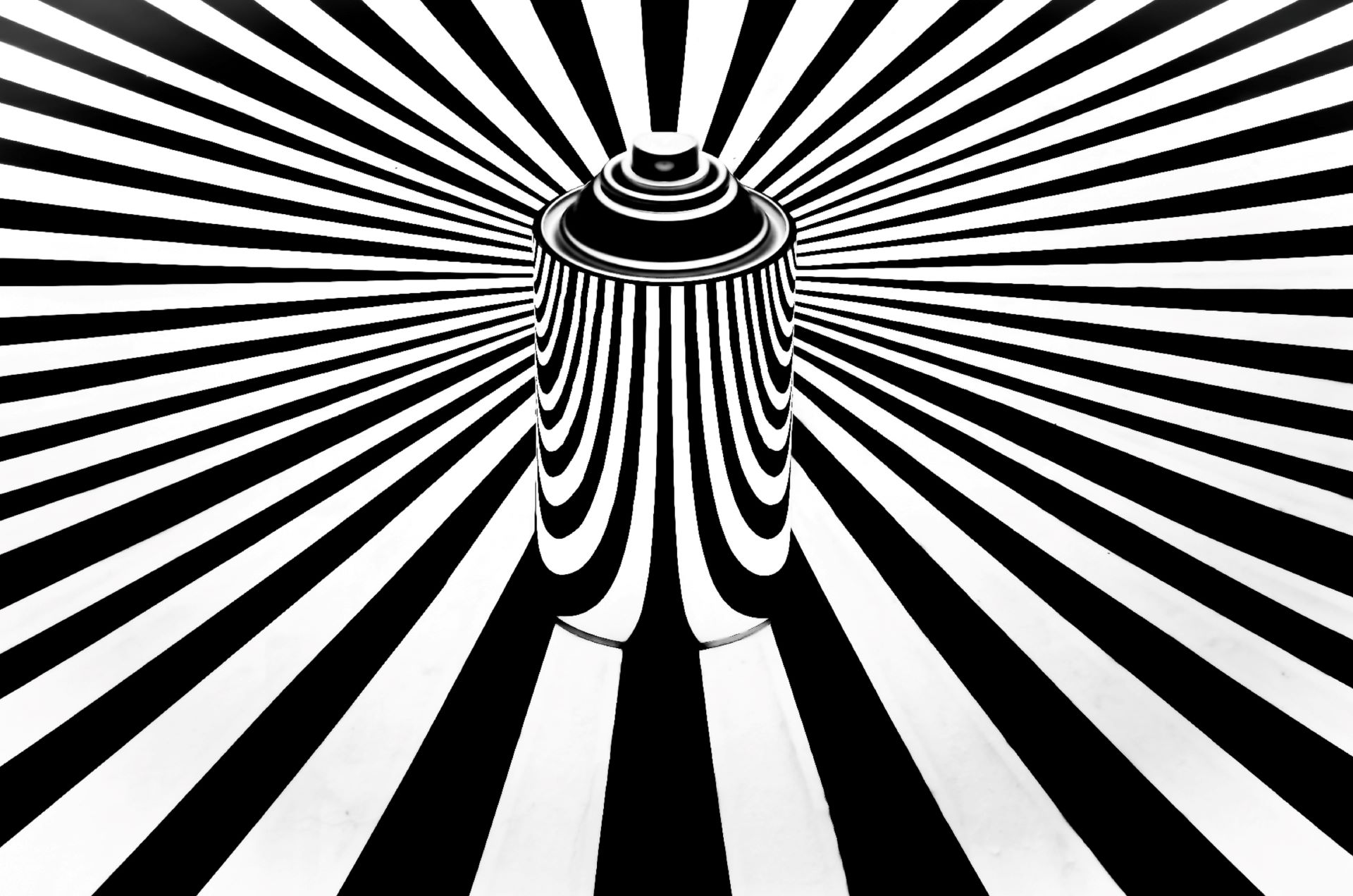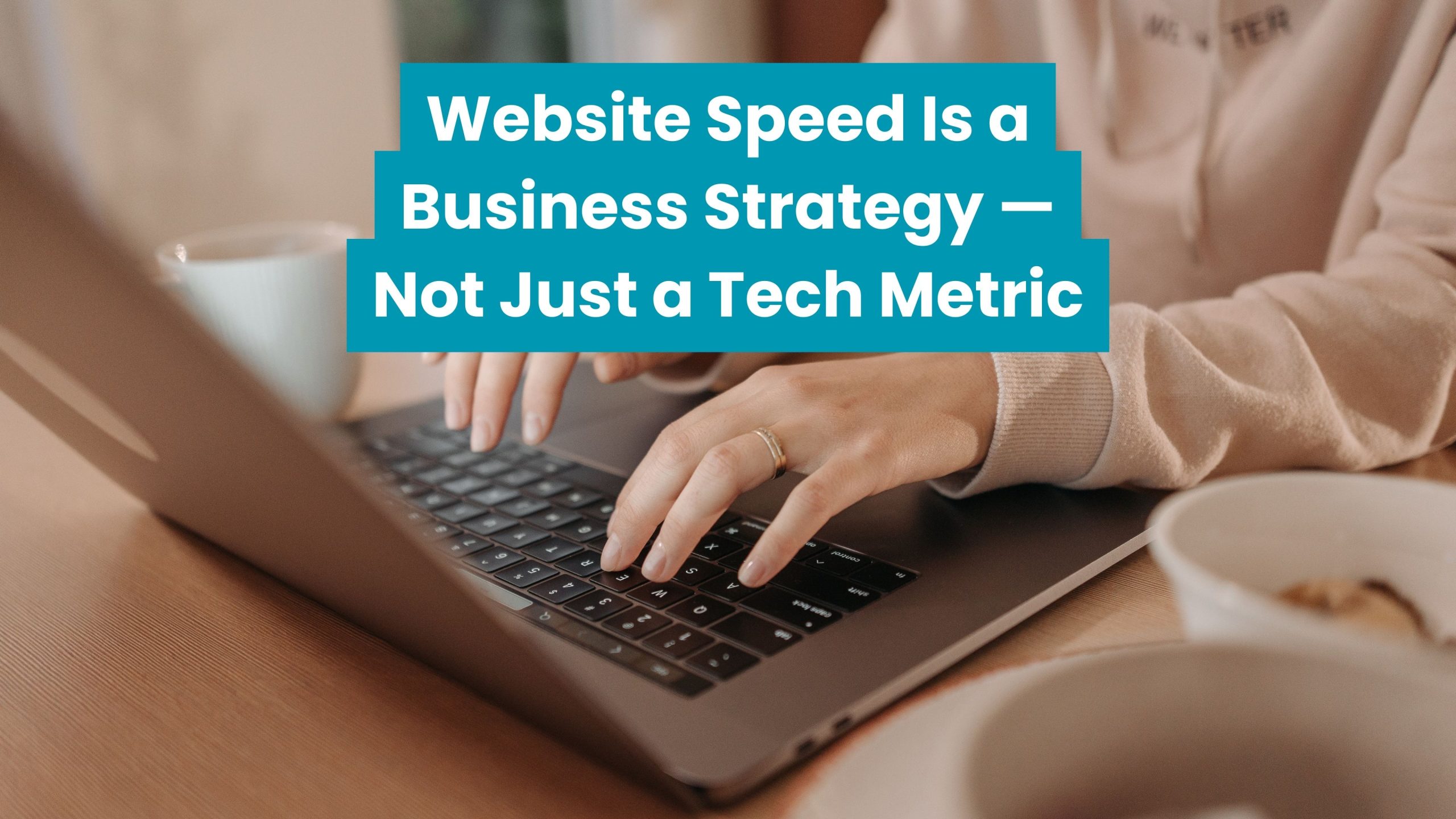Choose the Right Web Designer for Your Business: How to
Choose the Right Web Designer for Your Business: How to
Struggling to choose the right web designer? This practical guide breaks down what to look for, what to ask, and how to find a perfect fit for your business.

Let’s be honest—choosing a web designer can feel a bit overwhelming. You’re making a serious investment in your business, and you don’t want to get it wrong. Your website isn’t just a digital placeholder. It’s where people go to check if you’re the real deal.
Whether you’re launching your first site or revamping an outdated one, finding the right designer is about more than good looks. It’s about fit, functionality, and trust.
Here’s my practical, no-fluff guide to help you choose a web designer who’ll not only make your site look amazing, but actually work for your business.
1. Know What You Actually Need
Before you even start Googling “best web designer near me,” take a step back.
Ask yourself:
- What is this site meant to do? Sell products? Book appointments? Build credibility?
- What features do I really need? (E.g. contact forms, bookings, a blog, eCommerce?)
- What’s my realistic budget for design, development, and ongoing maintenance?
Being clear about your goals helps you find someone who can deliver—not just dazzle you with fancy visuals.
💬 Real talk: You don’t need everything under the sun. A streamlined, well-built site often outperforms an overcomplicated one.
2. Look for Relevant Experience
You want someone who’s done this before—and ideally for businesses like yours.
- Industry familiarity: A designer who’s worked with coaches, cafés, or eCommerce brands will already understand your audience and challenges.
- Platform knowledge: Need WordPress? Shopify? Custom-coded magic? Make sure they know the right tools.
- Scalability: Can the site grow with you? You might not need a members-only portal now, but what about next year?
🧠 Tip: Don’t just ask what they can do—ask what they’ve done. A designer with real-world experience will have the receipts.
3. Review Their Portfolio (Closely)
A great portfolio doesn’t just look good—it shows how the designer thinks.
Here’s what to look for:
- Visual style: Does their design aesthetic match what you have in mind?
- Usability: Are the sites easy to navigate, mobile-friendly, and quick to load?
- Diversity: Have they tackled a variety of businesses, or are all their sites cookie-cutter?
Case studies are gold. If they’ve written about how their work helped a client get more bookings or increase conversions, that’s a huge plus.
4. Make Sure They’re Easy to Talk To
You’re going to be communicating a lot, especially during the build. So this person needs to be someone you feel comfortable with.
- Do they listen? A good designer asks questions, not just nods and disappears.
- Are they responsive? You shouldn’t have to wait days for a reply.
- Can they explain things simply? Jargon is fine—if they can translate it.
🧩 Pro tip: A great designer isn’t just a creator—they’re a collaborator. You should feel part of the process.
5. SEO Matters More Than You Think
Your site might look amazing—but if no one can find it, what’s the point?
A solid designer should understand the basics of SEO:
- Title tags, meta descriptions, and heading structures
- Mobile responsiveness and fast loading speeds
- Proper image sizing and alt text
They don’t have to be an SEO agency, but they should build with search visibility in mind. Later on, you can always bring in an SEO specialist to take things further.
6. Ask About Their Process (and Timelines)
Every good web designer has a system. It might vary, but there should be a clear step-by-step process that includes:
- Discovery and research
- Wireframes or mockups
- Design and development
- Testing and review
- Launch and handover
⏱️ Ask how long each stage typically takes, and what happens if things go off track. Life happens—just make sure they’ll communicate along the way.
7. Don’t Forget About Ongoing Support
Once the site goes live, what then?
- Will they offer post-launch support?
- Can they help with backups, plugin updates, and fixes?
- Do they provide training (especially if you’ll be editing the site yourself)?
💡 At Baxtersweb, I offer care plans that keep things updated, secure, and stress-free—so you don’t have to deal with tech headaches down the line.
8. Ask for Reviews or References
The best way to know what it’s like to work with someone? Ask their past clients.
- Check Google Reviews, LinkedIn, or social platforms
- Look for consistency: Do clients praise their professionalism, design skills, or communication?
- Ask for references if you want that extra reassurance
🚩 Red flag alert: If a designer avoids giving references or has a vague, outdated portfolio—proceed with caution.
Final Thoughts: Go with the Designer Who Gets You
Choosing the right web designer isn’t about finding the cheapest option—or the flashiest. It’s about working with someone who gets your business, listens to your goals, and has the skills to make them happen online.
A great website should look good, load fast, and be easy for you and your customers to use. But most importantly—it should support your business goals, not distract from them.
Share this article
In this article
- 1. Know What You Actually Need
- 2. Look for Relevant Experience
- 3. Review Their Portfolio (Closely)
- 4. Make Sure They’re Easy to Talk To
- 5. SEO Matters More Than You Think
- 6. Ask About Their Process (and Timelines)
- 7. Don’t Forget About Ongoing Support
- 8. Ask for Reviews or References
- Final Thoughts: Go with the Designer Who Gets You



